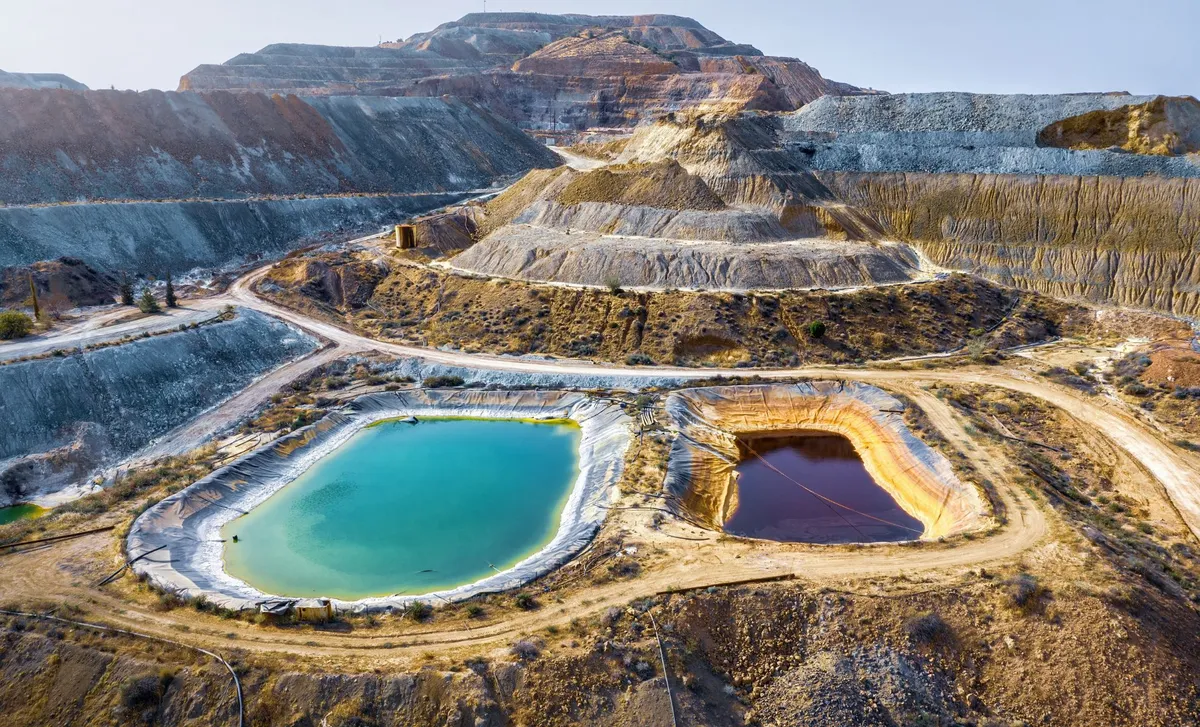China’s Rare Earth Power Play Shakes U.S. Tech: What It Means for Your Devices

In a big step-up in the ongoing trade spat, China has set its sights on a key ingredient in modern tech and defense: rare earth metals. This decision follows tariffs imposed by the United States on April 9, 2025. In response, China slapped a 34% tariff on all American products entering its borders starting April 10, 2025. Rare earth metals, vital for crafting advanced tech, have turned into a hot topic in this geopolitical bout, showing off China’s strong hold over this arena.
Why Rare Earth Metals Matter
Rare earth metals include 17 chemical elements used to make everything from smartphones and electric cars to wind turbines and solar panels. They also play a big role in producing satellites, missiles, and semiconductors. China churns out about 90% of the world’s supply of these metals and manages both their mining and processing. This near-monopoly puts China in a powerful spot in global markets, with lots of countries counting on these resources for their tech and defense needs.
China’s Leverage and Counter Moves
China is flexing its muscle by using export controls to pressure the U.S. and its buddies. On April 4, 2025, China announced a series of responses to tariffs handed down by President Donald Trump. Among these moves, China has banned the export of seven key rare earth elements to the U.S.: samarium, gadolinium, terbium, dysprosium, lutetium, scandium, and yttrium. This shows China isn’t shy about using its strong position over rare earth supplies as a bargaining chip.
Trade Talks and a Brief Break
Amid the rising tension, trade discussions have brought a short period of calm. After talks in Geneva, China decided to lift export controls for 28 American companies for 90 days following a meeting on May 11, 2025, between U.S. Secretary of the Treasury Scott Bessent and Chinese Vice Premier He Lifeng. As part of this easing, some dual-use export restrictions were dropped, and 17 companies were removed from China’s “unreliable entity list.” Still, China continues to hold onto its ban on shipping the seven key rare earth elements to the U.S., highlighting its push for full control over these strategic minerals for national security reasons.
Past Moves and Global Ripples
China’s use of export controls isn’t a new trick. Back in 2010, similar restrictions spurred the U.S. and other nations to hunt for different suppliers. Even with efforts to find alternatives, the U.S. still relies heavily on China’s processing abilities for these metals. This reliance shows a big weak spot in the broader race for technological leadership between Beijing and Washington. Chinese media have pointed out that rare earth metals are tied to U.S. defense strength, arguing that American defense industries are struggling because of shortages.
Rare earth metals have become a key point in this trade clash, with far-reaching effects on global tech progress and military setups. As China continues to capitalize on its dominant role, countries around the world might feel the push to look for other sources beyond Chinese supplies.
This trade squabble highlights how intertwined economic strategies and international moves are. As nations work through this tangled situation, figuring out steady supplies of rare earth metals is a top priority for both policymakers and industry leaders in our deeply interconnected world.